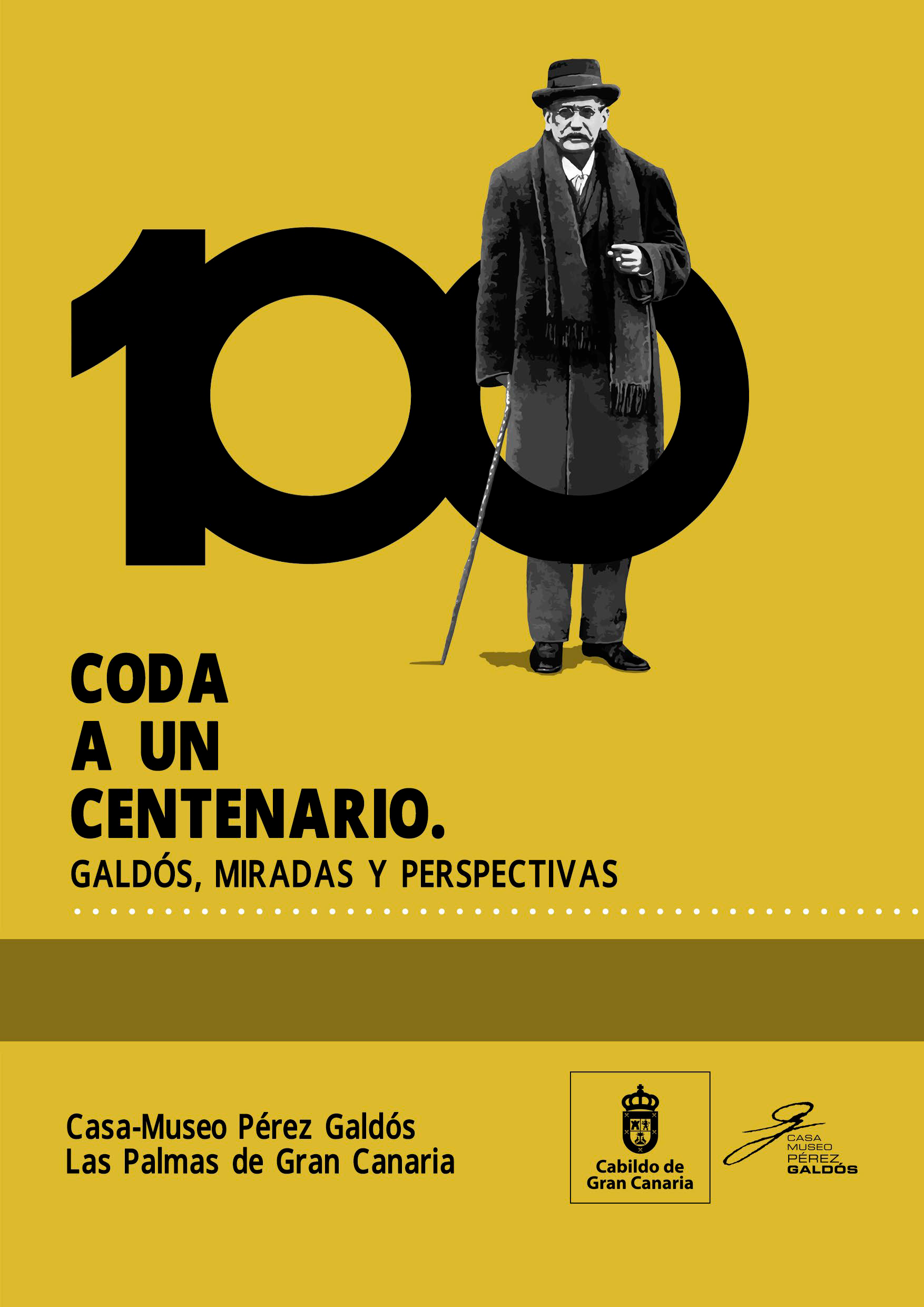LA VOZ Y LA MIRADA GALDOSIANAS A LO LARGO DE SU OBRA: ENTRE EL HUMOR Y EL AMOR / GALDOSIAN VOICE AND GAZE THROUGHOUT HIS WORK: BETWEEN HUMOR AND LOVE
Palabras clave:
voz, mirada, humor, amor, análisis simbólico, voice, gaze, love, symbolic analysisResumen
La presente comunicación analiza la manera en que, a lo largo de su creación, la escritura galdosiana juega con la voz y la mirada. La hipótesis de trabajo es que Galdós las conjuga con dos sentimientos humanos: el humor con la voz y la mirada con el amor. Con la voz consigue distanciarse y que nos distanciemos de las peripecias de sus personajes, y mediante la mirada se aproxima y nos aproxima a las vivencias que éstos experimentan. Este juego entre voz y mirada enlazadas con sentimientos humanos, si bien se sostiene a lo largo de su obra, parece inclinarse progresivamente hacia una mirada amorosa hacia las diversas situaciones de sus personajes.
A la luz de esta hipótesis, se analizan 5 obras, representativas de cinco momentos de su escritura: Doña Perfecta (1876), La desheredada (1881), Fortunata y Jacinta (1886-1887), Misericordia (1897) y la tragicomedia Santa Juana de Castilla (1918). / This paper analyzes the way in which, throughout his creation, Galdós' writing plays with the voice and the gaze. The working hypothesis is that Galdós combines them with two human feelings: humor with the voice and the look with love. With the voice he manages to distance himself and us from the vicissitudes of his characters, and through the gaze he approaches and brings us closer to the experiences they undergo. This interplay between voice and gaze linked to human feelings, although sustained throughout his work, seems to progressively lean towards a loving gaze towards the different situations of his characters.
In the light of this hypothesis, five works are analyzed, representative of five moments in his writing: Doña Perfecta (1876), La desheredada (1881), Fortunata y Jacinta (1886-1887), Misericordia (1897) and the tragicomedy Santa Juana de Castilla (1918).




